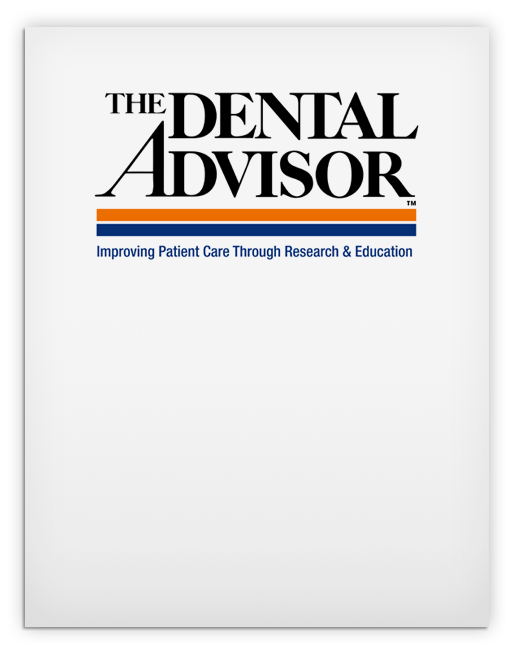Clinical Evaluations
Keller Laboratories Feature - BruxZir Solid Zirconia Crowns and Bridges (18 months)
Consultants’ Comments
- “BruxZir restorations had a high rate of acceptance by patients.”
- “Great option for second molars because minimal occlusal reduction is required (0.5-1.0 mm).”
- “The recalled BruxZir restorations looked great and had excellent anatomy and surface finish.”
- “The strength of this material makes it ideal for heavy bruxers.”
Description
Purpose
The purpose of this clinical study was to determine the clinical performance of BruxZir Solid Zirconia Crowns and Bridges (Glidewell Dental Laboratories) over an 18-month period.
Clinical Evaluation Protocol
At recall time, over 390 full-contour, monolithic BruxZir restorations (crowns and bridges) were placed. All restorations were fabricated at Glidewell Dental Laboratories. Most of the restorations were cemented with self-adhesive resin cement or adhesive resin cement.
Placement
The following parameters were evaluated at placement: esthetics, marginal accuracy, fi t, interproximal contacts, and occlusion. Restorations were evaluated on a 1-5 rating scale: 1 = poor, 2 = fair, 3 = good, 4 = very good, 5 = excellent.
Esthetics, marginal accuracy, fi t, and interproximal contacts of more than 96% of the restorations were rated excellent at placement. Very few restorations (less than 2%) had to be remade because of improper fit. A few restorations had light interproximal contacts and had to be remade. For the category of occlusion, 84% of the restorations received an excellent rating. In many cases, the occlusion was light and in some cases the restoration was out of occlusion. Based on customer feedback, Glidewell Dental Laboratories designs most of their crowns light in occlusion.
Results at 18 Months
In December, 2012, 367 BruxZir restorations were recalled and evaluated. Of the 367 BruxZir restorations observed at recall (Figure 1), there were:
• 287 posterior single crowns
• 36 units – 12 three-unit bridges
• 24 units – six four-unit bridges
• 10 units – two fi ve-unit bridges
• One 3-unit inlay bridge
• 7 implant crowns
Of the 367 restorations, 121 (33%) had been in function for 18 months while 246 (67%) had been in function for one year (Figure 2).


The recalled BruxZir restorations were evaluated in the following categories:
• Resistance to fracture or chipping
• Esthetics
• Resistance to marginal discoloration
• Wear on zirconia and opposing dentition
• Retention
Restorations were evaluated on a 1-5 rating scale: 1 = poor, 2 = fair, 3 = good, 4 = very good, 5 = excellent.
Esthetics
BruxZir restorations were rated excellent for esthetics when compared to 0ther monolithic zirconia crowns (Figure 3).
Resistance to Fracture/Chipping
Nearly all BruxZir restorations exhibited no fracture or chipping (Figure 3 and 4). One five-unit bridge with very little clearance fractured one week after cementation. The bridge was redone, and is in function without any issues.


Resistance to Marginal Discoloration
No restorations exhibited marginal staining (Figure 3).
Wear Resistance
Minimal wear was observed on BruxZir restorations or on opposing tooth structure (Figure 3).
Retention
Three posterior crowns debonded (Figure 3). One was cemented with self-adhesive resin cement and two were cemented with an adhesive resin cement. Two of the teeth had short clinical crowns.
Conclusions
Ninety-eight percent of BruxZir Solid Zirconia Crowns and Bridges restorations manufactured by Glidewell Dental Laboratories received a 5 or excellent rating at 18-month recall. All of the single crowns and all of the three- and four-unit bridges had no evidence of fracture or chipping. One of two five-unit bridges failed shortly after cementation and was replaced. Over the 18-month period, BruxZir has proven to be an excellent restoration with respect to esthetics, resistance to fracture/chipping, resistance to marginal discoloration, wear resistance, and retention. BruxZir received a clinical rating of 98%.

